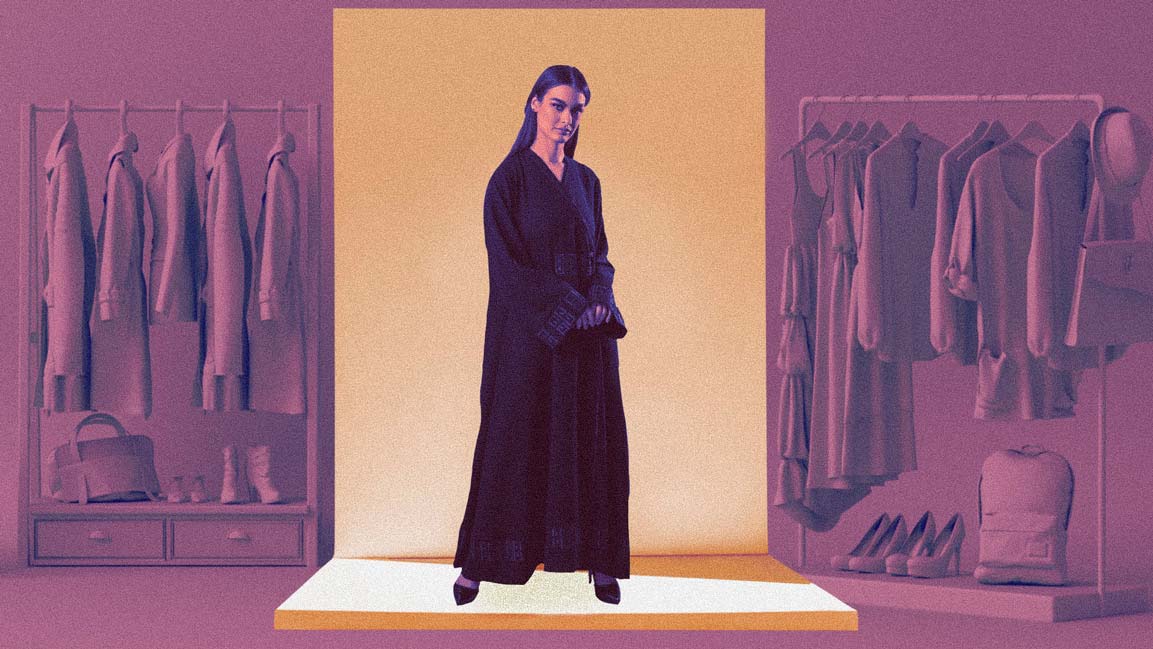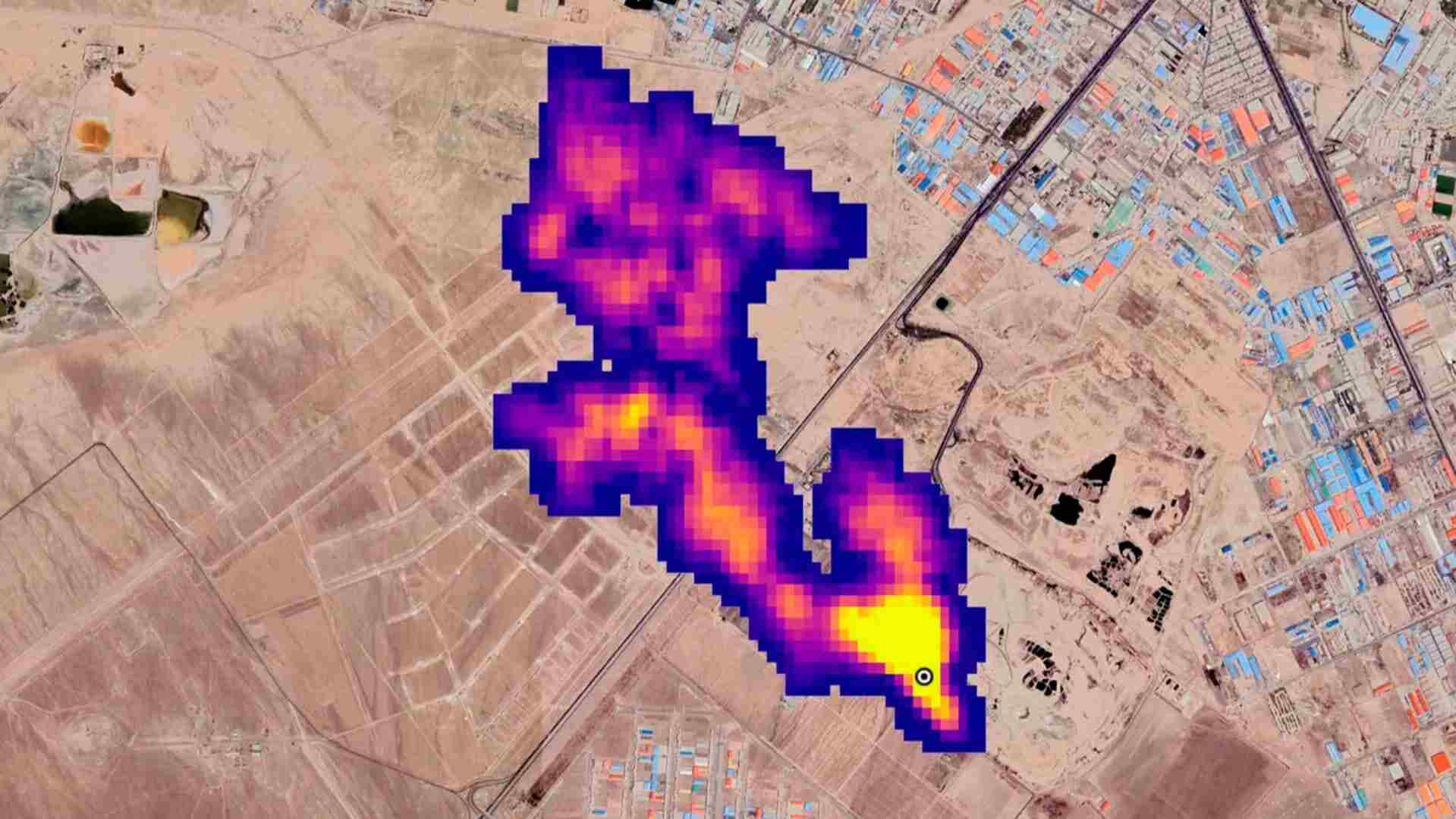- | 9:00 am
Thrift Stores are making a grand entry in the Gulf. And these brands are getting in on it
How attitudes towards preloved fashion are changing in this part of the world, revealing a potential youthful but high spend market waiting to be tapped into.

Not too long ago, the words, ‘thrifting’, ‘thrift store’ or a ‘thrift sale’ made you think of dusty corner shops. There was nothing chic or coveted about the concept of buying fashion in the secondary market.
Thrifting is now not only cool but is being touted as the future of fashion. When zero waste is being seen as the way for fashion to combat sustainability issues, thrifting ticks all the boxes: it is good for the environment, the pocket and just a fun way to shop. You will now find preloved fashion (the word the luxury industry likes to use for secondary fashion) boutiques in New York’s Soho, London’s Notting Hill and closer home in Dubai’s Jumeirah. Fashion pundits are banking on secondary fashion. Management consultancy Bain & Co valued the luxury resale segment at €33 billion ($37.45 billion) as of the close of the year. The management consultancy believes that the resale market is going to surge.
Thrifting, however, does not enjoy the same style status in this region as it does in the rest of the world. The local offices of Bain and Co estimate that the spend on preloved fashion in the Gulf region is one-fifth of what it is in the Western markets, even though one of the global poster retail websites for resale, The Luxury Closet (TLC), is based in Dubai. Towards the end of last year, online retailer Farfetch launched its Second Life service in this region. This initiative allows customers to trade in their designer handbags for credit against future purchases on the website and is powered by TLC.
Founded by Indian origin Kunal Kapoor in 2012, who had previously worked with Louis Vuitton as a sales manager, realised it was at that moment, that he saw the potential for a resale business. The company has received investments from Huda Beauty Investments (HBI), the private investment arm of Dubai-based cosmetics giant Huda Beauty.
“The global fashion industry expects one in six purchases in the US to become pre-owned by the end of the decade,” says Kapoor. “We are following the adoption curve that the US has seen, and expecting the regional market share of pre-owned to reach the +10% mark at the same time.” According to his data, in 2021 alone, the carbon savings from buying preloved at TLC alone was over 10 million kg, and the water saved was over 200 million kg (assuming that the purchases prevented consumers from shopping for new items).
A small tribe of regional-millennial social media influencers have been pivotal for this shift. Spearheading the whole circular fashion conversation in this region are Saudi slow fashion advocate, Nirvana Abdul, Jordanian sustainability fashion adviser and stylist Hannah Rasekh and vintage fashion entrepreneur Rae Joseph who splits her time between this region and New York.
Rasekh, who has close to 100,000 followers on Instagram, does not mince her words when she says, so far, it has been more about supply than demand in this region. “With its love of fashion, this region is having a wonderful supply of secondary luxury items, so the range available is a thrifter’s dream,” Kapoor adds that TLC has sellers from over 50 countries, some markets are heavier on sellers, while others are buyers. “Looking at our regional markets, the UAE is a great mix where consumers are really taking to trading items, while KSA and Kuwait have a higher ratio of sellers.”
One of the reasons for a slow pick-up is that there is still a stigma attached to purchasing secondary fashion items. But that might be changing. “Consumer’s luxury-shopping habits are changing in this region, taking into consideration what ownership really stands for and its definition, along with the impact this has on the environment too,” says Kapoor.
“This new mentality is led by millennials, who think differently, have a louder voice with all the social platforms that are available to them now and who have the power to affect their family’s decisions too. Over 50% of millennials consider the resale value of a luxury item and are influenced by the sustainability movement.” By that logic, the future of thrifting seems promising with the region having one of the youngest populations in the world. Rasekh, who spends her time between London and Dubai, sees plenty of untapped business opportunities. “I think there are definitely some interesting opportunities to explore. There’s a big demand for single category resale platforms in the Middle East, especially for niche categories like childrenswear or formalwear-beachwear even.”
Four years ago, Rae Joseph started the vintage luxury platform, ‘1954 by Rae Joseph’. Ounass and Farfetch are also her retail partners mainly operating through pop-up models. Like Kapoor, she says, for now, it’s handbags that work in the resale market in this region. (With Hermes Birkins and Kellys topping the list).
However, there is a growing demand for clothing. “Especially the more unique and one-of-a-kind pieces,” says Joseph. “With this region having such an appetite for luxury fashion, it is only natural that when it comes to preloved fashion, they are looking for something that is special and makes a statement. Rae sees vintage (a term that is loosely used in secondary fashion to describe collectable fashion pieces over 20-year-old) as more what today’s Arab shopper is looking for than the general preloved fashion pieces.
“We are inherently a deeply circular culture, with a high level of disposable income, so as premiums soar in the second-hand market, the tone for rapid growth in this part of the world is set,” says Rasekh.
Not too long ago, preloved fashion was partially frowned upon. But today, it is the new status symbol of style sustainability in the fashion world.






































